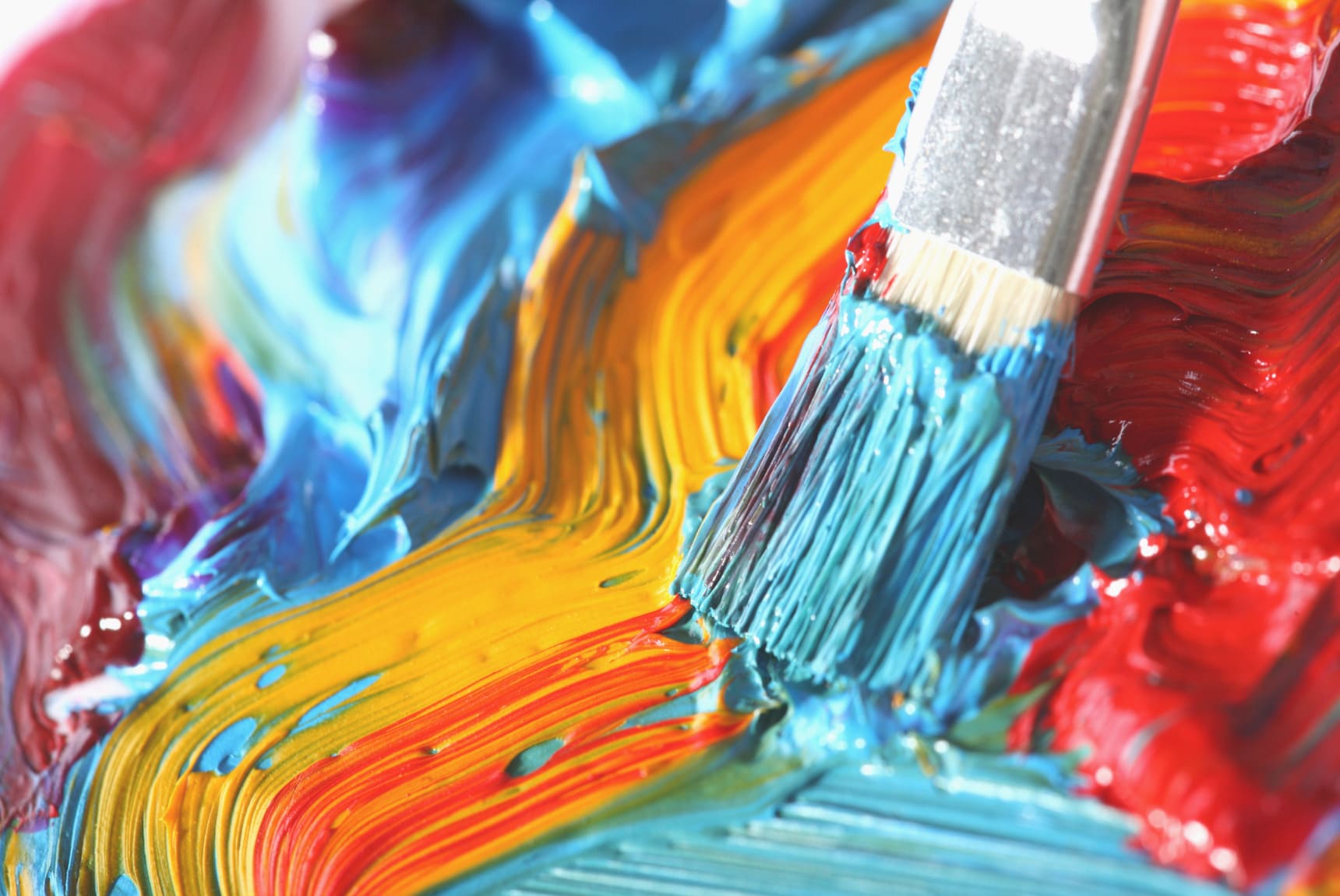The rise of artificial intelligence (AI) has revolutionized many fields, including art. AI-generated art is becoming increasingly popular, sparking debates about creativity, authenticity and the future of art. This article explores the differences between AI art and human art, offering tips on how to distinguish between them and appreciate both forms.
Understanding AI Art
What is AI Art?
AI art refers to artwork created using artificial intelligence algorithms. These algorithms can generate images, music and other forms of art based on data input and predefined parameters. AI art often involves machine learning, where the AI system learns from a vast dataset of existing artworks to create new, original pieces.
How AI Art is Created
AI artists use various techniques to create art, such as:
- Generative Adversarial Networks (GANs): GANs consist of two neural networks, one generating images and the other evaluating them. The result is a refined artwork that mimics human-created art.
- Style Transfer: This technique involves applying the style of one image to the content of another, blending different artistic influences.
- Deep Learning: AI systems analyze and learn from a large dataset of images, enabling them to generate new artworks based on learned patterns and styles.
Distinguishing AI Art from Human Art
Visual Clues
- Repetition and Patterns: AI-generated art may exhibit repetitive patterns or motifs that result from the algorithm's training data.
- Lack of Imperfections: Human art often contains small imperfections or unique marks, while AI art tends to be more polished and uniform.
- Unconventional Combinations: AI art can feature unexpected combinations of styles, elements, or colors that may not align with traditional artistic principles.
Emotional and Conceptual Depth
- Emotional Expression: Human art is often driven by personal experiences, emotions, and narratives. It can evoke deep emotional responses and convey complex stories.
- Conceptual Themes: Human artists frequently explore conceptual themes, social issues and philosophical questions, infusing their work with layers of meaning that reflect their thoughts and beliefs.
Appreciating AI Art
Innovation and Creativity
AI art represents a new frontier in creativity, showcasing the potential of technology to expand artistic boundaries. It introduces novel techniques and aesthetics that challenge conventional notions of art, offering fresh perspectives and inspiring new forms of expression.
Collaboration Between AI and Human Artists
AI can be a powerful tool for human artists, enabling them to explore new techniques, generate ideas and enhance their creative process. Collaborative projects between AI and human artists can result in unique, hybrid artworks that blend technological innovation with human creativity.
Accessibility and Diversity
AI art democratizes the creation of art, making it accessible to a broader audience. It allows people without traditional artistic training to generate compelling artwork, fostering diversity and inclusivity in the art world.
Appreciating Human Art
Personal Connection and Authenticity
Human art is deeply rooted in personal expression, offering a direct connection to the artist's experiences, emotions and worldview. This authenticity creates a unique bond between the artist and the viewer, enriching the appreciation of the artwork.
Skill and Mastery
Human-created art often reflects years of practice, skill and mastery of various techniques and mediums. The artist's dedication, craftsmanship and individuality are evident in each piece, making it a testament to human ingenuity and creativity.
Cultural and Historical Significance
Human art carries cultural and historical significance, reflecting the values, traditions and narratives of different societies and eras. It provides a window into the human experience, preserving cultural heritage and inspiring future generations.
AI art and human art each offer unique contributions to the world of creativity. While AI art pushes the boundaries of innovation and accessibility, human art provides deep emotional and conceptual connections. By understanding and appreciating the differences between AI and human art, we can celebrate the diverse ways in which creativity manifests and continues to evolve.

